The Power of Positive Football Parents
Introduction
During my childhood, all I dreamt about was becoming a professional footballer. Playing on the streets with my friends, I nurtured big dreams of captaining England or scoring in an FA Cup final. As I reflect on those starry-eyed moments, I realise the importance of having supportive parents and the impact they can have on a young footballer’s journey. This is the first thing I want you to remember when we talk about being a ‘Football Parent’. In this blog, we will explore the power of positive football parents and how their involvement can shape the experience and development of youth footballers, making them great football parents.
Research by psychologists has shed light on what children want from their parents and how parents can optimise their impact. By understanding the role of parents in youth football and adopting positive strategies, parents can create a nurturing environment for their children to thrive. From setting goals together to creating a supportive atmosphere, parents have the power to influence their children’s attitude towards football and enhance their overall sportsmanship. Furthermore, positive parenting in football provides numerous psychological benefits, including increased confidence, motivation, and reduced anxiety. As a parent, it’s important to have high expectations for your child and communicate them in a positive manner. Here are some great things to say to them as a parent involved in their football journey, without causing any feelings of embarrassment or shame.
Being a football parent comes with its challenges, but by overcoming them and building a positive football community, parents can create an environment where young players can flourish. Throughout this blog, we will explore strategies for positive parental involvement, the psychological benefits of positive parenting in football, and tips for overcoming challenges as a football parent. Let’s delve into the power of positive football parents and the impact they have on young athletes and their coaching.
Understanding the Role of Parents in Youth Football
In youth football, parents play a vital role in shaping their children’s experiences and development. As a football parent, your support, encouragement, and involvement can have a profound impact on your child’s journey to becoming a confident, creative, and skilled football player. Your role goes beyond being a spectator on the sidelines. By understanding the importance of positive support and guidance, you can help your child navigate the ups and downs of the game, enhance their confidence, and foster a love for football. Your involvement as a football parent, including attending football matches and providing support for young children, can make a significant difference in your child’s overall enjoyment and performance on the field.
The Impact of Positive Support on Young Athletes
Positive support from parents has a remarkable impact on young footballers. It not only enhances their performance but also nurtures their mindset, setting them up for success both on and off the field. Here are some key ways in which positive support can influence young athletes:
Boosts confidence: When young footballers receive positive support from their parents, they feel more confident in their abilities, which translates into improved performance.
Motivates excellence: Positive support encourages young athletes to strive for excellence and push their boundaries, motivating them to reach their full potential.
Fosters a growth mindset: By providing positive reinforcement and emphasising the importance of effort and improvement, parents can help their children develop a growth mindset, enabling them to embrace challenges and learn from failures.
Enhances resilience: The supportive environment created by parents instills resilience in young athletes, allowing them to bounce back from setbacks and persevere in the face of adversity.
By offering positive support, parents can create a foundation for success and help their young footballers develop the mental strength needed to excel in the game.
How Parents Influence Their Children’s Attitude Towards Football
Parents greatly influence their children’s attitude towards football. By modelling a positive attitude, prioritising enjoyment over winning, and emphasising sportsmanship, parents can instil a lifelong love for the sport in their children.
Strategies for Positive Parental Involvement
Positive parental involvement is crucial in youth sports like football. Here are some strategies:
Foster team spirit: Encourage camaraderie and unity by supporting team events and promoting good sportsmanship.
Effective communication: Stay in touch with coaches and other parents, listen to feedback, and address concerns respectfully.
Balance encouragement and criticism: Provide positive reinforcement while offering constructive feedback when necessary.
By engaging in these strategies, parents can create a supportive environment for young players.
Encouraging Team Spirit and Sportsmanship
Promoting team spirit and sportsmanship through positive parental involvement enhances the overall experience for young players. Here’s how parents can do it:
Emphasise teamwork: Highlight its value and encourage supporting teammates.
Promote sportsmanship: Teach fair play, respect for opponents, and accepting victories and defeats graciously.
Lead by example: Show respect during matches towards all involved.
By fostering unity and good sportsmanship, parents create a positive environment for young players to learn valuable life lessons and develop strong character traits.
Effective Communication Between Parents and Coaches
Effective communication between parents and coaches is vital for a positive football experience for young players. Open communication helps parents stay informed about their child’s progress, address concerns, and build a collaborative relationship with the coach. Key aspects include:
Regular updates: Coaches should provide updates on training sessions, matches, and important developments. Parents should actively seek information to stay engaged.
Respectful dialogue: Both parties should communicate respectfully. Address concerns directly and be open to feedback.
Active involvement: Parents should participate in meetings, team events, and engage with the coach to show support.
This communication fosters a supportive environment for young players, enhancing their football experience.
The Psychological Benefits of Positive Parenting in Football
Positive parenting in football offers psychological benefits to young players. By adopting positive strategies, parents can boost their child’s confidence, motivate excellence, and reduce anxiety. This nurturing approach fosters holistic development and sets children up for success in sports and beyond.
Boosting Confidence and Motivation in Young Footballers
Positive parenting boosts confidence and motivation in young footballers. Parents can contribute by:
Providing positive reinforcement: Acknowledge your child’s efforts and celebrate successes.
Setting realistic goals: Break down goals into achievable milestones.
Encouraging a growth mindset: Emphasise effort, resilience, and learning from failures.
Fostering love for the game: Create a positive environment for your child to enjoy playing football.
By empowering young players, parents help them excel on and off the field.
Reducing Anxiety and Pressure Through Supportive Behavior
Supportive parents can reduce young footballers’ anxiety by:
Prioritising enjoyment over outcomes.
Offering reassurance during challenging times.
Cultivating a growth mindset focused on effort and improvement.
This supportive approach helps young players enjoy the game and excel.
Building a Positive Football Community
Building a positive football community involves fostering collaboration and creating an environment for young footballers to thrive. Here’s how parents can contribute:
Foster collaboration: Encourage teamwork, respect, and cooperation among parents, coaches, and players.
Organise social activities: Plan events that bring the community together to bond and establish connections.
Celebrate achievements: Recognise and celebrate the accomplishments of all members to promote support and encouragement.
By actively contributing, parents enhance the experience for young players and foster a sense of belonging.
Creating a Supportive Environment for All Young Players
Creating a supportive environment is crucial for young players’ development. Here’s how parents can help:
Embrace inclusivity: Promote diversity, respect, and acceptance. Teach fairness and kindness.
Support all players: Encourage teammates too. Be positive on the sidelines.
Prioritise enjoyment: Emphasise fun over winning. Encourage making friends and appreciating the game.
By fostering a supportive environment, parents enhance the well-being of young players and build a positive football community.
Collaborating With Coaches and Other Parents for a Positive Impact
Collaboration among parents, coaches, and the football community is vital for positively influencing young players. Here are some ways parents can collaborate effectively:
Open communication: Maintain open communication with coaches and other parents to share feedback and ideas respectfully.
Parent-coach meetings: Attend these meetings to discuss your child’s progress and actively contribute to the team’s development.
Support initiatives: Organise activities like carpooling, team events, or fundraising with other parents to enhance camaraderie and create a positive experience for young players.
By working together with coaches and other parents, a united front can be formed to support the well-being and development of young players, fostering a positive impact on the football community.
Conclusion
In conclusion, fostering positive mental health is crucial for overall well-being. It’s essential to acknowledge and prioritise your mental health just like your physical health. By practicing self-care, seeking help when needed, and promoting a supportive environment, you contribute not only to your own mental wellness but also to those around you. Remember, mental health matters, and it’s okay to seek support and care for it. Let’s cultivate a culture where mental health is valued and nurtured, creating a foundation for a healthier future.
Frequently Asked Questions
How Can I Support My Child If I’m Not Familiar With Football?
Supporting your child in football, even if you’re not familiar with the sport, is possible. Focus on being present, providing encouragement, and showing interest in their progress. By being supportive and open to learning alongside your child, you can create a positive environment for their football journey.
What Are Some Ways to Stay Positive Even When the Team Is Losing?
In challenging moments when the team is losing, staying positive is essential. Focus on the learning opportunities, encourage effort and good sportsmanship, and remind your child that setbacks are part of the game. By maintaining a positive mindset and offering continuous encouragement, you can help your child navigate these situations with resilience and optimism.
Collaboration among parents, coaches, and the football community is vital for positively influencing young players. Here are some ways parents can collaborate effectively:
Open communication: Maintain open communication with coaches and other parents to share feedback and ideas respectfully.
Parent-coach meetings: Attend these meetings to discuss your child’s progress and actively contribute to the team’s development.
Support initiatives: Organise activities like carpooling, team events, or fundraising with other parents to enhance camaraderie and create a positive experience for young players.
Supportive parents can reduce young footballers’ anxiety by:
Prioritising enjoyment over outcomes.
Offering reassurance during challenging times.
Cultivating a growth mindset focused on effort and improvement.
Sign up for a free trial here

Social Media
Recommended Articles
Nutrition Articles:
- Cristiano Ronaldo Diet: The Ultimate Footballer’s Guide
- Messi Nutrition Plan: Optimal Performance Secrets
Technique Articles:
About Our Academy:
- Football Academy Near Me: Elstree’s Girls Football Program
- Best Kids Football: Join Our Club Today
- Find a Football Academy Near Me: Titans Football Academy






































